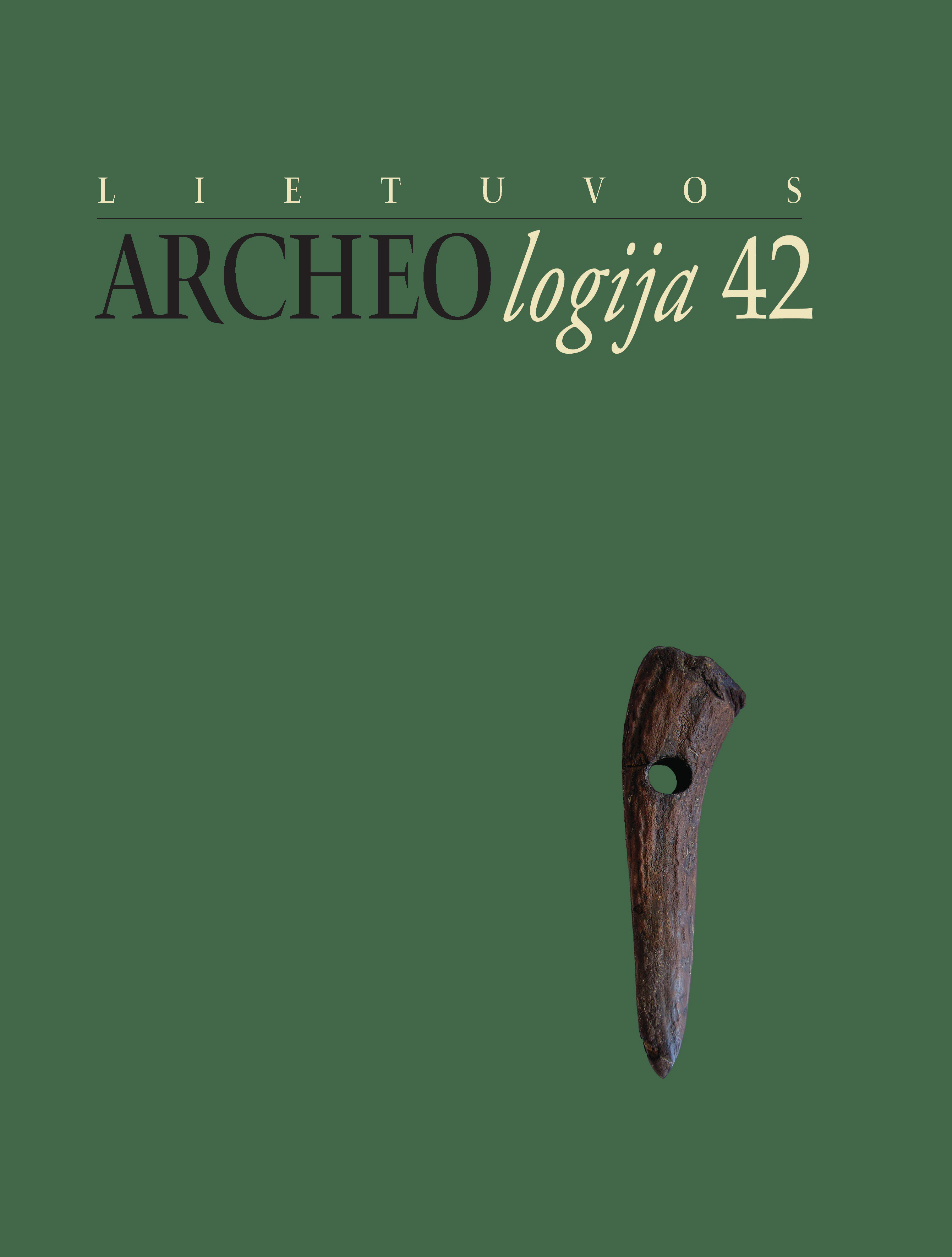Volume 42, Issue 1 (2016): Lietuvos archeologija, November 2016

Order by:
Pub. online: 18 Feb 2025
Type: Introduction
 Open Access
Open Access
Pub. online: 18 Feb 2025
Type: Article
 Open Access
Open Access
Abstract
Pub. online: 18 Feb 2025
Type: Article
 Open Access
Open Access
Abstract
Pub. online: 18 Feb 2025
Type: Article
 Open Access
Open Access
Abstract
Pub. online: 18 Feb 2025
Type: Article
 Open Access
Open Access
Abstract
Pub. online: 18 Feb 2025
Type: Article
 Open Access
Open Access
Abstract
Pub. online: 18 Feb 2025
Type: Article
 Open Access
Open Access
Abstract
Pub. online: 18 Feb 2025
Type: Review
 Open Access
Open Access
Pub. online: 18 Feb 2025
Type: Review
 Open Access
Open Access